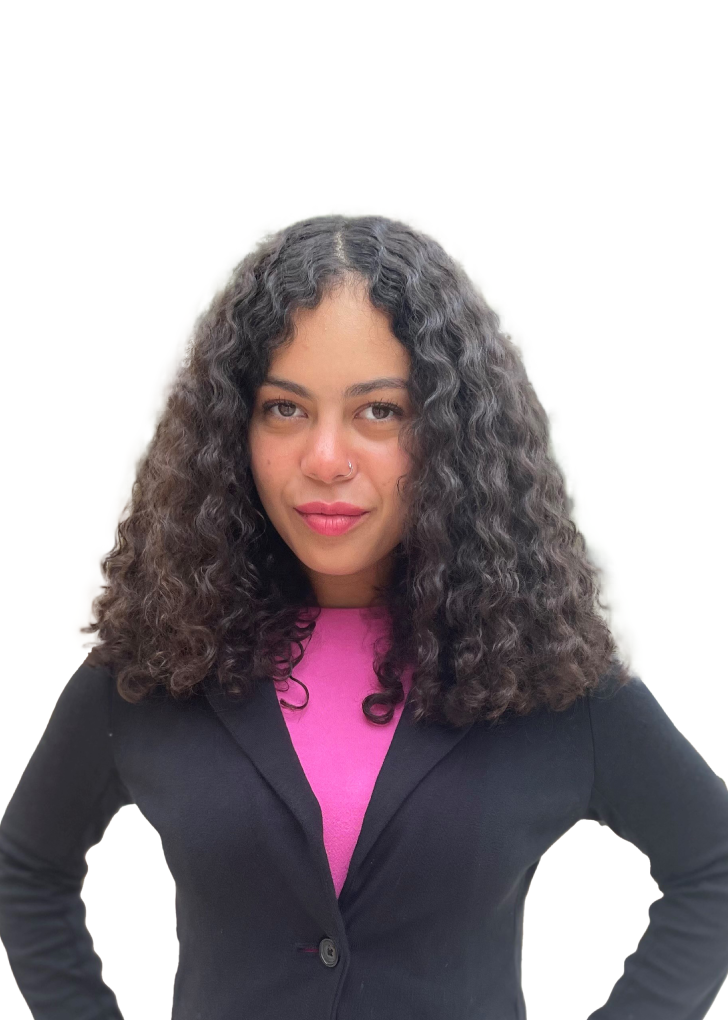Florida Courier, December 20, 2012
By Margie Menzel
After two incidents of staffers charged with abusing teens at a juvenile lock-up in Milton – one caught on video – the Florida Department of Juvenile Justice (DJJ) has frozen admissions at the facility and put two ombudsmen on every shift until further notice.
Also, a group monitoring the safety and civil rights of youth in detention in Florida is asking why DJJ gave the Milton Girls Juvenile Residential Facility a 100 percent satisfactory rating just over a year ago – including in the category “provision of an abuse free environment.” (Milton is located in the Florida Panhandle.)
“It is clear that DJJ needs to do more to protect children in its care, and that not only is its residential system broken, its safety monitoring system is fatally flawed,” said David Utter, an attorney with the Southern Poverty Law Center.
Troubling incident
DJJ last week released August surveillance videos of a guard at the Milton lock-up, Shannon Abbott, appearing to slam a 15-year-old inmate into a cement wall, throw her to the ground, and then pinning her down for 20 minutes. In the video, the teen appears passive – although Abbott reported her as resisting.
The teen called the Department of Children and Families abuse hotline the next day. DCF then verified the incident as abusive.
The video “seriously contradicts its description to us by officials representing the facility,” said DJJ Secretary Wansley Walters in a statement. “We are also troubled that the facility did not officially report the incident to DJJ until two days after it occurred, and only when the victim called the [Department of Children and Families] Abuse Hotline. This lapse is inexplicable.”
DJJ has transferred the teen in the Abbott incident, which occurred in August, to another facility.
The agency is also investigating charges that Carol Andrus, the Milton lock-up’s program director, last month grabbed a restrained 15-year-old and threw her down, lacerating her face and ear. Local law enforcement is investigating as well.
Systemic problem
Utter said the gap between DJJ monitors’ reports and the facilities being monitored is a systemic problem. He cited a letter from the U.S. Department of Justice to Gov. Rick Scott in December 2011, after Walters had closed the Dozier School for Boys the previous June.
“The constitutional violations identified in the enclosed report are the result of the state’s failed system of oversight and accountability, which we suspect affect the entire juvenile justice system statewide,” Assistant Attorney General Thomas E. Perez wrote to Scott. “These conditions return youth to the community no better, and likely less, equipped to succeed than when they were first incarcerated.”
Detained youth have a right to reasonably safe conditions of confinement and freedom from unreasonable restraints.
Perez noted “it is incumbent upon the state to insure that the unconstitutional conditions of confinement [at Dozier] do not exist at its other juvenile justice institutions” and that if DOJ “learn[s] of the existence of other unconstitutional conditions of confinement at other juvenile justice institutions in Florida, we have the right to open an investigation there.”
Scott replied to the letter in January 2012.
“We will conduct a comprehensive review of DJJ programs and facilities, redirect youth into alternative programs where appropriate, and reduce the number of deep-end residential beds. I expect that these steps will result in the strategic closing of facilities that have not maintained the standards DJJ has mandated.”
However, Scott continued, he disagrees with Perez’ suspicion that the problems at Dozier are system-wide.
“The issues investigated by your office were confined to the closed facility, and do not constitute a sufficient, sound or fair basis for concluding that an entire state agency and its employees are failing to properly administer the juvenile justice system in Florida,” wrote Scott.
‘Right-sizing’ care
The plan Scott approved for DJJ is a combination of diversion, detention reform and “right-sizing” residential care. Reduced detention over the past five years has allowed DJJ to close hundreds of beds, saving more than $25 million, according to the agency.
Right-sizing has revealed “far too many low-risk youth confined in expensive residential institutions,” Walters wrote agency employees in January.
They consume scarce resources that could instead be invested in community-based sanctions that hold youth accountable, protect public safety, create jobs and promote healthy futures for children. Community based sanctions are more effective at reducing juvenile crime and cost much less than correctional institutions.
Walters said the smaller the program, the smaller the rate of abuse. “That is why we are fighting so hard to keep kids out of facilities, because things happen,” she said.
Access to hotline
Walters also pointed out that every Florida facility has a phone with direct access to the DCF abuse hotline, which is how the teen in the Abbott incident managed to circumvent the staff.
But as Detective Larry Tynes of the Santa Rosa Sheriff’s Office wrote in his report of the incident, “the victim stated she waited to call the Child Abuse Hotline the next day because she was told by other girls in the facility it would be worse for her if she called DCF right away.”
Utter said the inmates are not interviewed in depth by DJJ monitors, and that it’s time to include their input in the oversight of juvenile facilities.
“Now that we have videotaped evidence of physical abuse of a young girl, by a guard whose most important charge is to keep children safe, it is important to look at the larger picture,” he said. Link to Original

